Image of the Day Archives
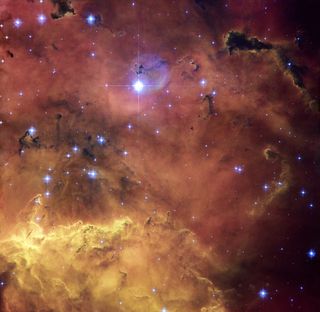
For older Image of the Day pictures, please visit the Image of the Day archives. Pictured: NGC 2467.
Iris, the Stars Are Bright

Monday, Nov. 3, 2014: The Iris Nebula, NGC 7023, lies 1,300 light-years away in the constellation Cepheus. Atoms floating in the interstellar medium, including carbon and silicon, combine into tiny particles about the dimension of a visible light wave, causing scattering of light. The scattering is more efficient for blue light than red light, so the interstellar clouds such as this one form reflection nebulas of blue color when starlight bounces from the clouds.
— Tom Chao
Scarlet Smoke
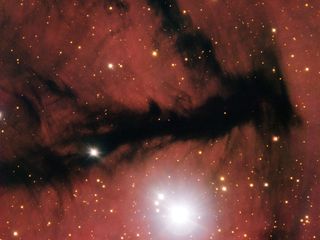
Tuesday, Nov. 4, 2014: This stunning view of the scarlet nebula Gum 15 was captured by the European Southern Observatory's Very Large Telescope in Chile. The image, released on Nov. 3, shows a deep black lane of dust across the face of Gum 15. The nebula itself is shaped by stellar winds from its stars and the nearby star cluster ESO 313-13.
- Tariq Malik
The World Is Your Oyster
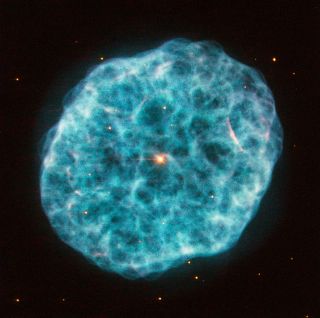
Wednesday, Nov. 5, 2014: Planetary nebula NGC 1501 glows (in arbitary colors) as shown by a new Hubble Space Telescope image. The cosmic object lies in the constellation of Camelopardalis (The Giraffe). A bright central star shines like a pearl at the center of the nebula in this image, inspiring the nickname of “The Oyster Nebula.” Mysteriously, the central star pulsates significantly over a typical timescale of a half-hour, unusual for a star at the heart of a planetary nebula. William Herschel discovered NGC 1501 in 1787. It lies just under 5000 light-years away from us.
— Tom Chao
North to Alaska
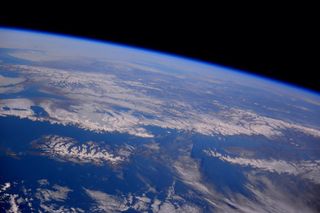
Thursday, Nov. 6, 2014: On Nov. 4, 2014, NASA astronaut Reid Wiseman tweeted this photo of the Earth taken from the International Space Station. He wrote: “Surprised to say this – my first glimpse of #Alaska pic.twitter.com/fBE7c9gvxS.”
— Tom Chao
Red and Gold Are Royal Colors

Friday, Nov. 7, 2014: A mid-level solar flare emerged from an active region on the sun on Nov. 5, 2014. Solar Dynamics Observatory (SDO) caught the event in extreme ultraviolet light colorized in red and gold. Researchers classify this flare as an M7.9-class flare. M-class flares possess only a tenth the size of X-class flares, the most intense flares.
— Tom Chao
Between the Lion and the Hair
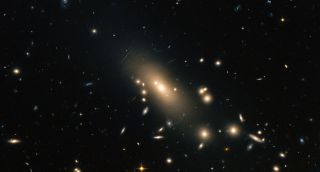
Monday, Nov. 10, 2014: Galaxy cluster Abell 1413 lies between the constellations of Leo (The Lion) and Coma Berenices (Berenice's Hair), at a distance of over 2 billion light-years from Earth. A large, very elliptical galaxy called MCG+04-28-097 shines at the center of this image, with a halo of stars extending outward more than 6.5 million light-years. Abell 1413 contains more than 300 galaxies bound together by the immense gravity of the cluster.
— Tom Chao
Get the Space.com Newsletter
Breaking space news, the latest updates on rocket launches, skywatching events and more!
Night Turns to Day
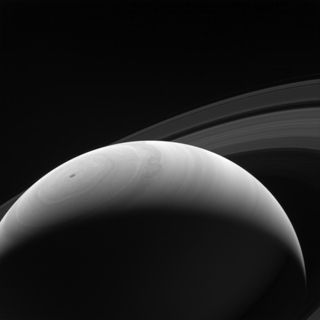
Tuesday, Nov. 11, 2014: The sun rises over the part of Saturn seen here. Saturn's nights change to day more rapidly than those on Earth, as the ringed planet has an estimated rotation period of 10 hours, 40 minutes. Cassini spacecraft caught this image on Aug. 23, 2014. Image released Nov. 10, 2014.
— Tom Chao
The Prairie Sky Is Wide and High
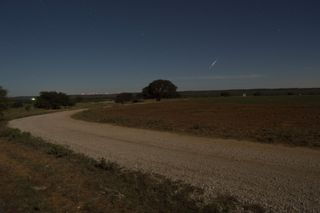
Wednesday, Nov. 12, 2014: Astrophotographer Larry Norris of Graford, Texas, sent in a night sky photo he took for a class entitled "Full Moon Landscapes." He reports that at least 3 meteors are visible in the shot. Image submitted Nov. 8, 2014.
— Tom Chao
Send Me a Picture
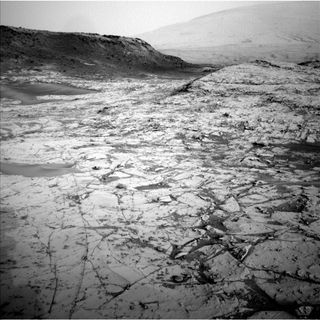
Thursday, Nov. 13, 2014: NASA's MAVEN spacecraft relayed this and other images by NASA's Curiosity Mars rover back to Earth in the first test of that capability. MAVEN (Mars Atmosphere and Volatile Evolution) arrived at Mars on Sept. 21, 2014. The spacecraft contains an Electra UHF radio for communication with robots on the surface of Mars, and combined with a communication link to NASA's terrestrial Deep Space Network, the orbiter can relay data from Mars to Earth. The first test took place on Nov. 6, 2014, in which MAVEN uplinked data to Curiosity from Earth, and also downlinked 550 megabits of data from Curiosity to Earth. MAVEN’s mission involves examining the upper atmosphere of Mars, hoping to learn about how Mars lost most of its original atmosphere.
— Tom Chao
Congratulations, ESA!

Friday, Nov. 14, 2014: The European Space Agency (ESA) Rosetta spacecraft successfully sent its Philae lander down to the surface of Comet 67P/Churyumov–Gerasimenko on Nov. 12, 2014. The mission control team posed for a photo on Nov. 11, at ESA’s Space Operations Centrr (ESOC) in Darmstadt, Germany.
— Tom Chao
Join our Space Forums to keep talking space on the latest missions, night sky and more! And if you have a news tip, correction or comment, let us know at: community@space.com.

